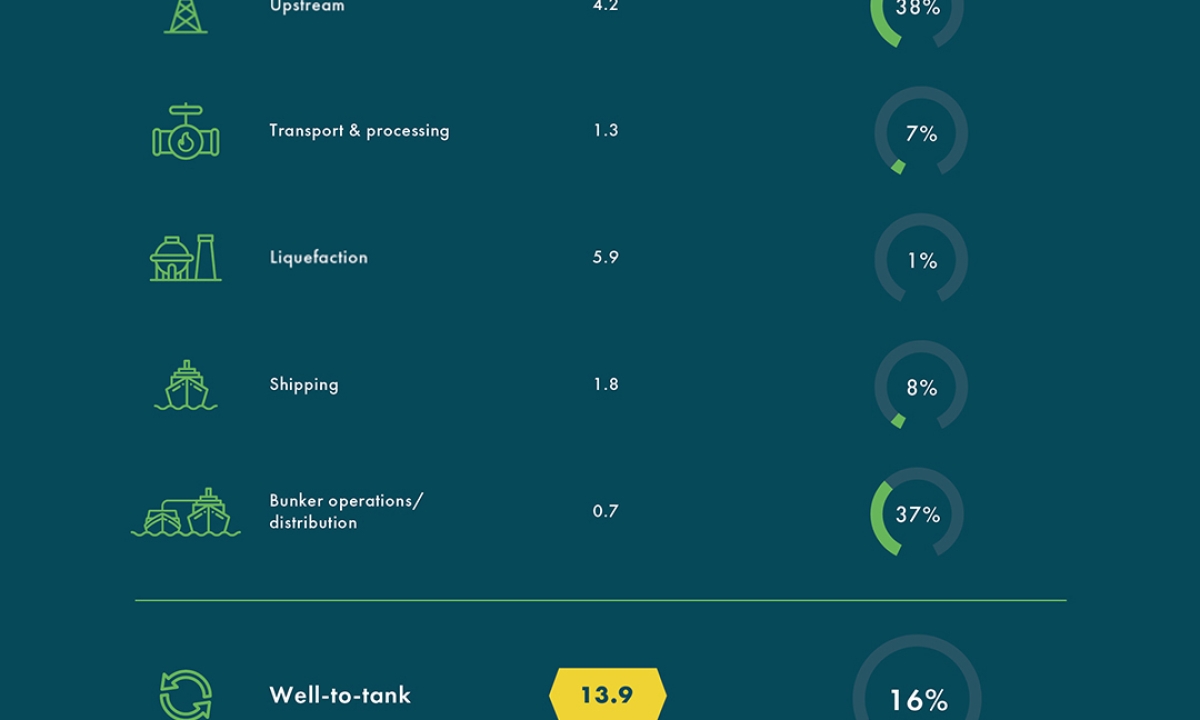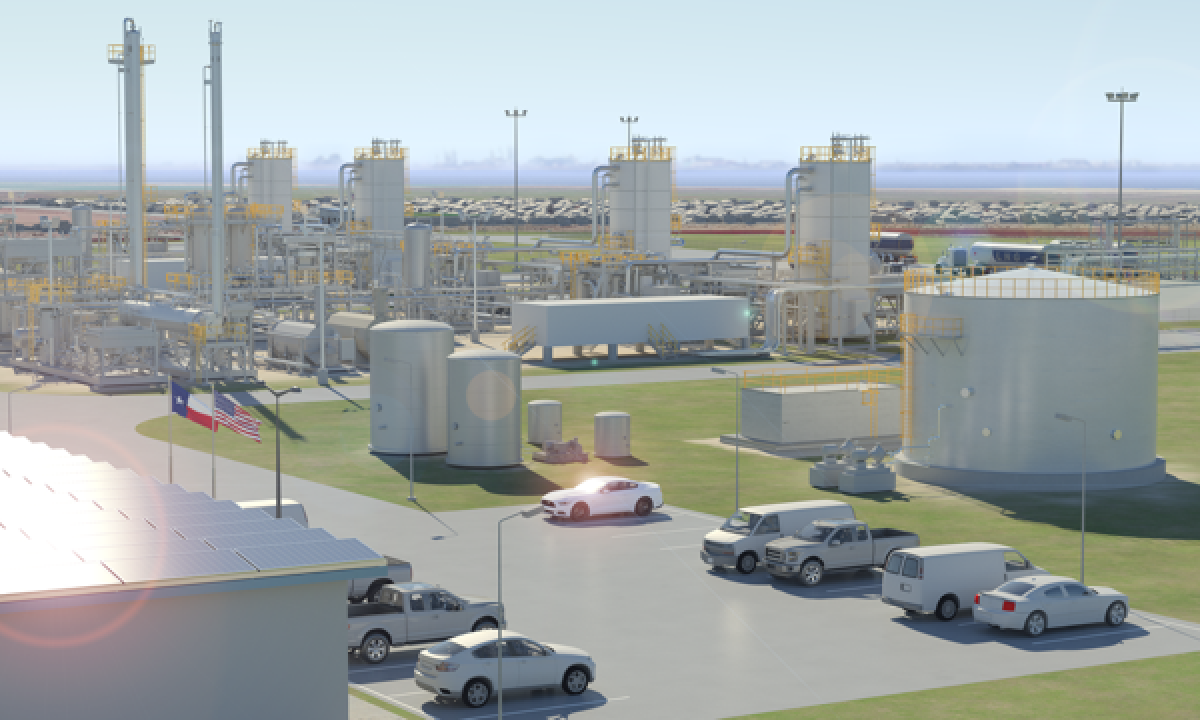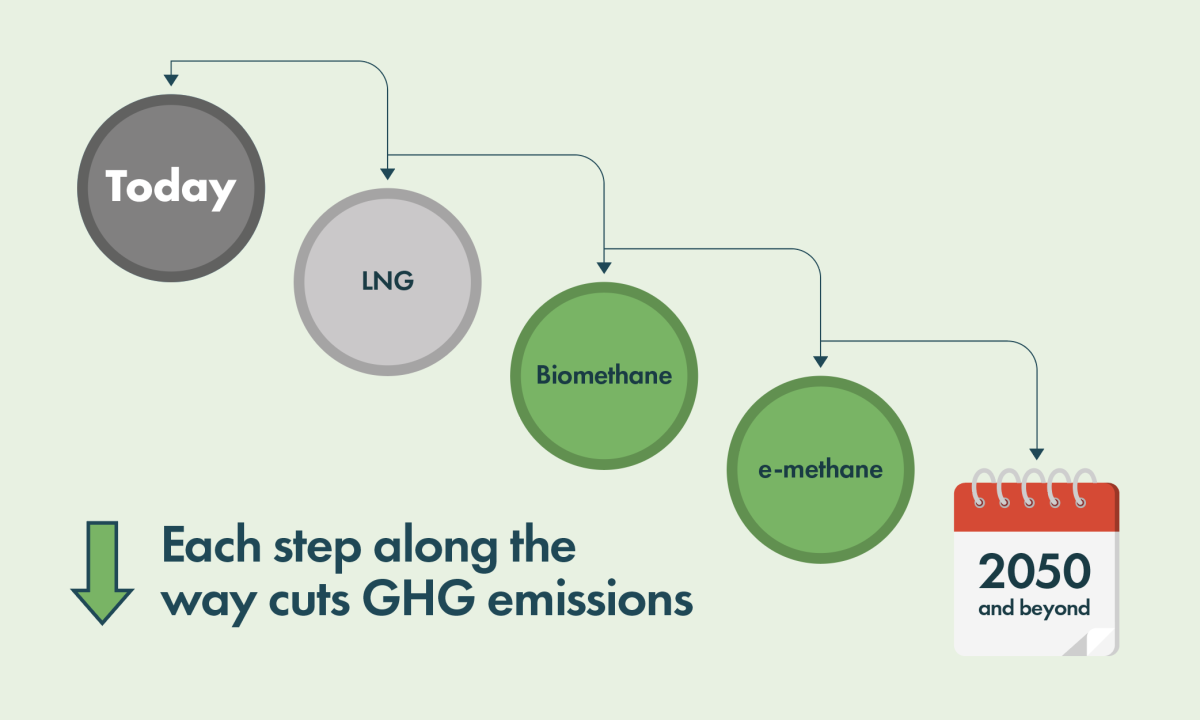4th February 2020
Initial comment from SEA-LNG and SGMF on the ICCT Report

SEA-LNG and SGMF note the draft report “The climate implications of using LNG as a marine fuel” produced by the International Council on Clean Transportation (ICCT). We were not contacted prior to the release – and need some time to review the report in depth – but our immediate comments are related to the assumptions and methodologies used and the lack of direct input from the engine manufacturers.
We stand by the results of the thinkstep study (//www.thinkstep.com/content/life-cycle-ghg-emission-study-use-lng-marine-fuel-1) published in April 2019. The study has been widely recognised as the most comprehensive analysis undertaken to date on the lifecycle GHG emissions of LNG as a marine fuel compared with current and post-2020 conventional marine fuels. The analysis was based on the latest primary data available from the main marine engine manufacturers, namely; Caterpillar MaK, Caterpillar Solar Turbines, GE Aviation, MAN Energy Solutions, MTU Friedrichshafen, Winterthur Gas & Diesel (WinGD) and Wärtsilä. On the fuel supply chains, data from internationally recognised lifecycle databases was supplemented with information from ExxonMobil, Shell and Total. The study assessed the supply and use of LNG as a marine fuel according to ISO standards. Finally, to ensure objectivity, it was peer-reviewed by leading academics from key institutions in France, Germany, Japan and the USA. Previous critical comments towards the Thinkstep study were comprehensively addressed last autumn and these points remain valid, post the publication of the ICCT report.
With regard to assumptions – the ICCT findings are based on analysis of the 20-year global warming potential (GWP20) data, rather than the more commonly used 100-year (GWP100) metric. Whilst there are many metrics available to quantify climate change that are discussed by scientists GWP100 is considered the best practice and default metric, in part because it is compulsory for UNFCC national GHG inventory reporting.
We note that the balance of LNG shipping numbers quoted in the study are heavily biased towards coastal vessels. Aside from existing LNG carriers, they do not include many deep-sea ocean vessels powered by large slow-speed two-stroke engines, and it is these vessels that make up most of the global fleet tonnage and offer the greatest potential for reductions in GHG emissions through the use of LNG as a marine fuel.
Right now in January 2020 there are three compliant fuel solutions available, LNG is one of them and is both available and scalable. Use of LNG will reduce GHG emissions from marine transportation. It will further provide a strong foundation towards a zero-emissions shipping industry through the use of liquefied biomethane (LBM) and liquefied synthetic methane (LSM), as well as initiating the development of much longer-term alternative fuel solutions that are not yet available or feasible.



